Candidates, Why go through a recruitment agency ?
1/ Your chances of finding a job are multiplied If you respond to a job offer published by a recruitment agency, your application will not…
Choosing the right location is essential in a creative process. This is maybe the reason why architecture plays often a prominent role on music album covers. Of course, this choice is often part of a marketing strategy. Nevertheless, it’s also true that a location visually represents a certain period in the life of an artist. Sometimes the link is very simple, maybe that was the road where the artist met a certain person, or the view from his music studio, but sometimes symbols are more complicated and conceptual, as when they reflect an age, an artistic trend or a memorable historical event.
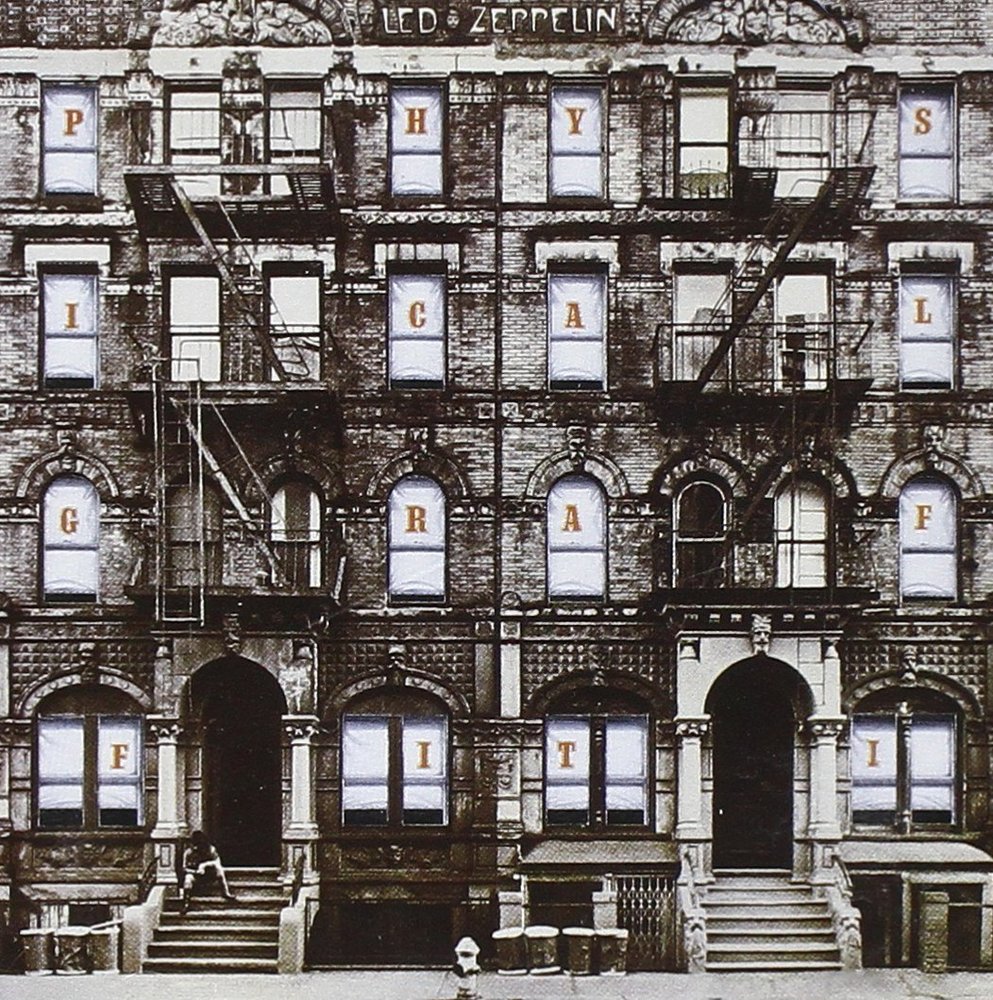
Many of the apartment buildings in Manhattan were originally attached houses in Soho and the Lower East Side. Each of them was wholly occupied by a single family that sometimes also enjoyed the use of a big courtyard not visible from the road. However, throughout the 19th century the endless development and industrialization of the city caused such a rise in real estate values that inhabiting a whole building was no longer a viable option for many families. In addition to this, during the second half of the 19th century the arrival of a new flow of low-income immigrant laborers, mainly employed in the textile industry, fostered the demand for cheaper housing, while the old residents of the attached houses moved to the city center in order to distance themselves from manufacturing workshops, from the noise and from that new laboring class that was perceived as a threat. Thus, those attached houses were subdivided into smaller apartments, where many people lived together in poorly illuminated and ventilated rooms. The concept of the apartment building was born.
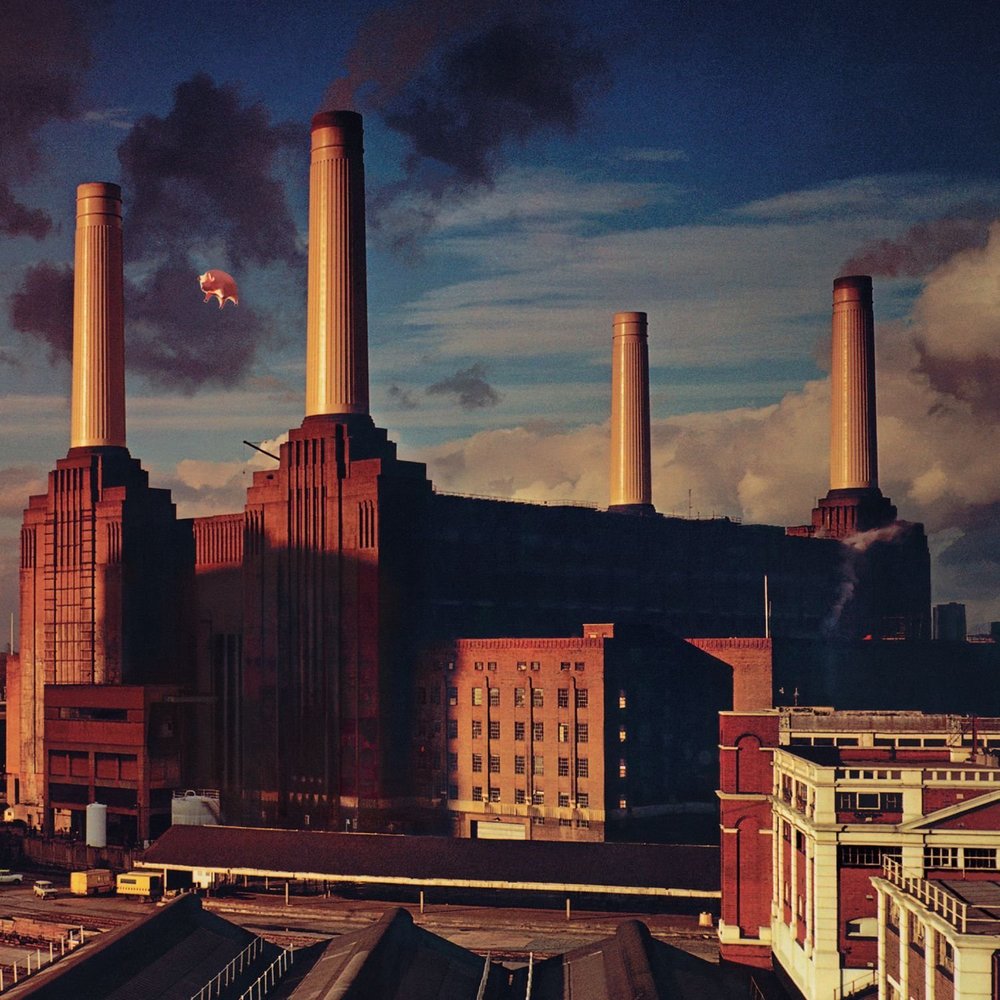
The construction works of the Battersea Power Station, located on the banks of the River Thames for cooling water and coal, started in 1929 with the aim of securing London’s power grid merging many small private stations into one single public factory. The project was first submitted to the population before construction works started, but it sparked so many protests that Sir Giles Gilbert Scott was then hired to redesign the façade. The final result was stunning, the façade being composed of steel and bricks covered with Art Deco details such as the vertical flutes on the four chimneys. Battersea Power Station is today one of the most evolving site in London, since it will be transformed in a mixture of apartments and offices housing a new Apple’s campus, while new projects by Gehry Partners, Foster + Partners and BIG are blooming in the surrounding area.
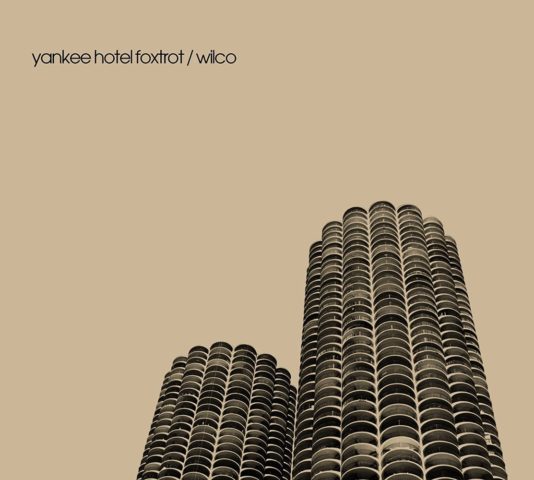
Bertrand Goldberg’s Marina Bay, one of the most iconic buildings of Chicago, is actually a complex of two twin towers made of reinforced concrete. In 1964, when the construction works were completed, Marina City was the tallest residential complex in the world. Goldberg was entrusted with the task of designing a flagship building to prevent population from migrating towards the suburbs and other metropolitan areas in the postwar period. In order to show that it was possible to enjoy the same facilities of the suburbs while living in the city, Goldberg also included in the towers a gym, a bowling, a skating rink, some restaurants and even nineteen parking places at the foot of each tower. The interiors reflect the sweetness of the external ear-of-corn shape: there are no right angles but only curving ones, creating 360-degree panoramic views. Not only many of the original facilities are still in use (excepting the skating rink, unfortunately), but also the building is already classified as historical monument.
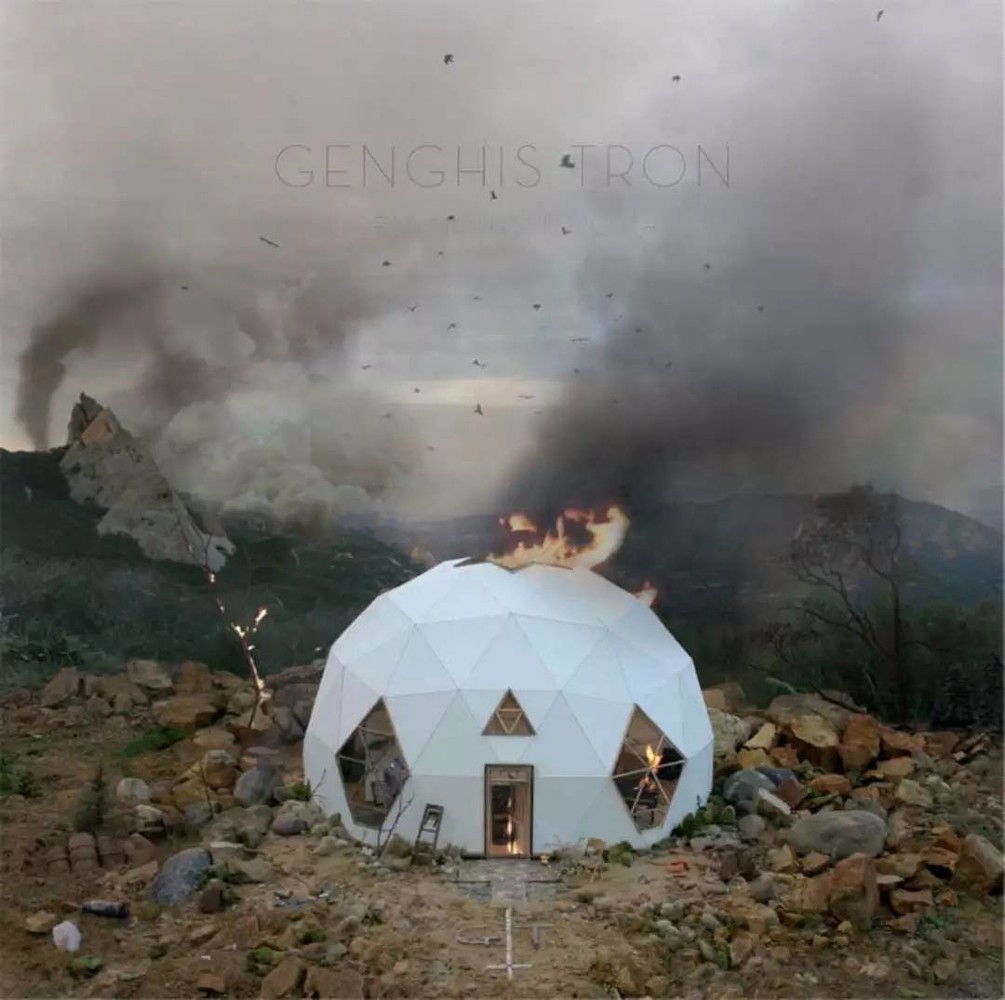
The geodetic dome was originally designed by Buckminster Fuller at the beginning of the Nineties. The architect wanted to invent a new kind of housing to improve people’s life quality, so he focused on its efficiency. The dome is composed of resistant triangles, while the rooms are mass-produced and easily assembled so as to considerably reduce costs and make the dome affordable for the masses. Inside temperature is regulated by natural air circulation, while the plumbing is designed to avoid the slightest waste of water. Fuller was contacted after Word War Second to build this “ house of the future” all over the country, but its large-scale diffusion never took off due to several problems. Nevertheless, the geodesic dome is still considered an important architectural research contribution to humanity.
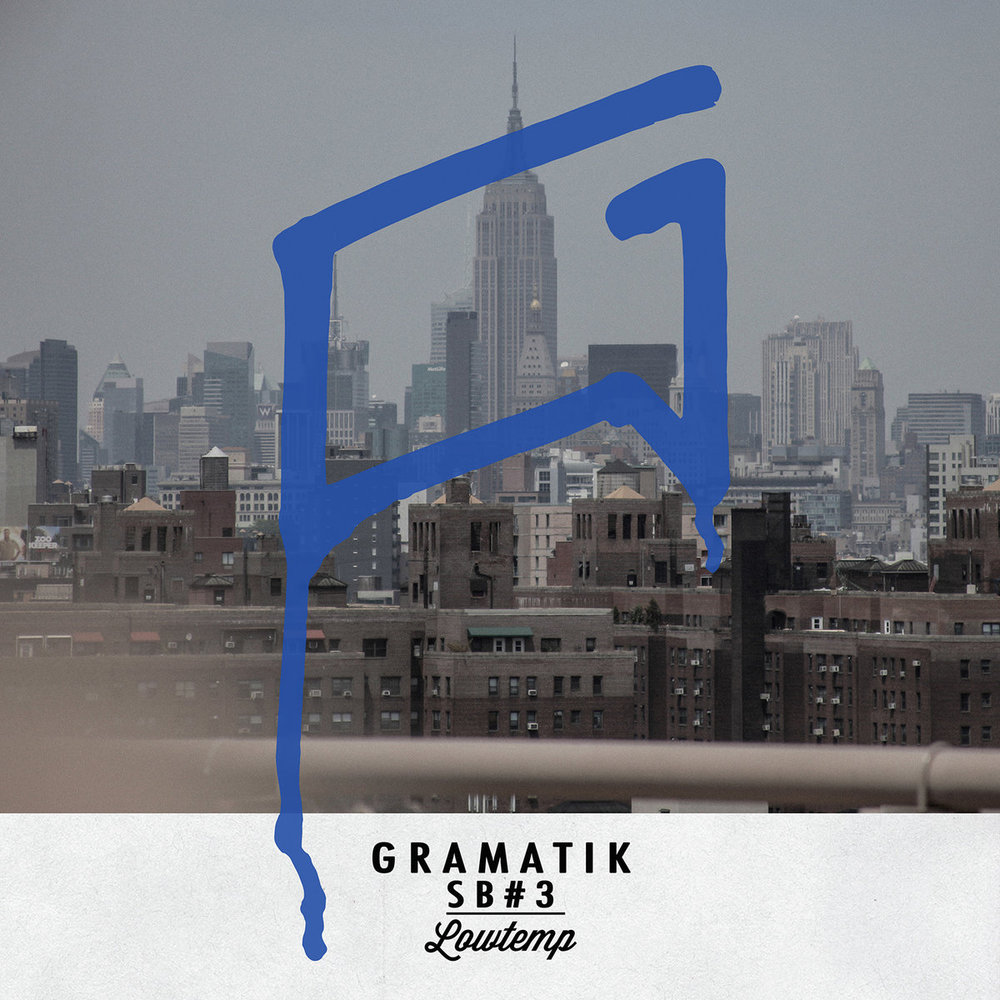
The Empire State Building, well known all over the world due to its appearance in several films, stands as an icon of New York’s greatness. Commissioned in 1929, the building soon became one of the symbols of American courage and power. The “stairs effect” of the upper half of the skyscraper results from 1916 district regulations, which ordered all the buildings to be thinner on the top, in order to let light and air freely circulate in the streets. The building was commissioned in order to foster economic growth at the beginning of the Great Depression. Even if aesthetically less impressive than its neighbor, the Chrysler building, it shows a beautiful Art Deco style, which earns it its durable reputation as one of the most iconic symbols of New York.
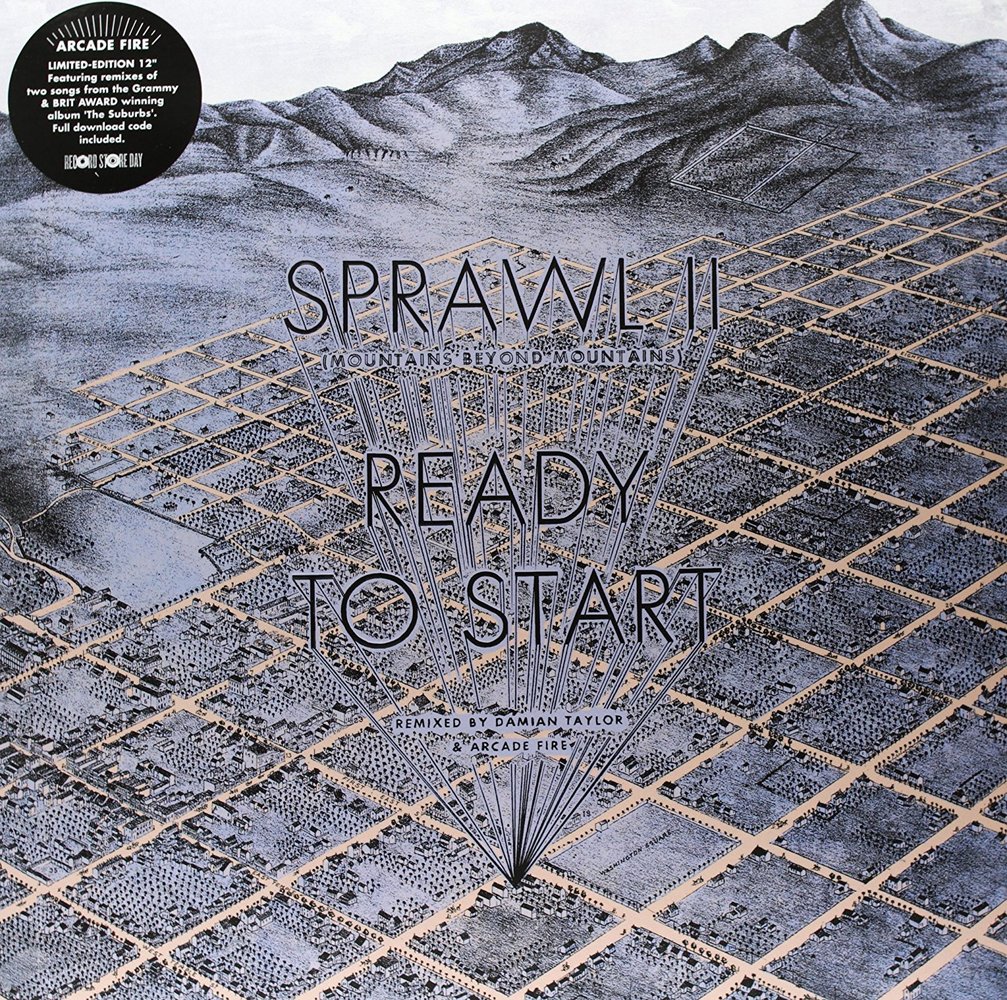
This kind of urban expansion reflects a development model often connected with postwar United States. As more and more people moved out from the cities in order to find a better quality of life in the less densely populated suburbs, land developers built new neighborhoods that extended endlessly on virgin lands. Suburban sprawl needed cars to let people easily commute to city center, and as a result car prices fell down. Those suburbs are today well known in their high-end versions, as popularized by TV series such as Desperate Housewives and Malcolm.

Hector Guimard was a French architect and one of the best-known representatives of Art Deco in architecture. Art Deco is an artistic trend that first appeared in France at the end of the 19th century and is famous for its highly decorative style. While in the past architectural structures were poorly decorated, they were now dressed with paintings, sculptures, reliefs and stained glass. Architects drew their inspiration from organic and vegetal shapes in sharp contrast with the previous industrial style. The subway entrances designed by Hector Guimard are considered an emblem of progress because of their unconventional use of cast iron and glass, a choice that nevertheless proved to be successful, since some of Guimard’s artworks are still visible in the French capital.